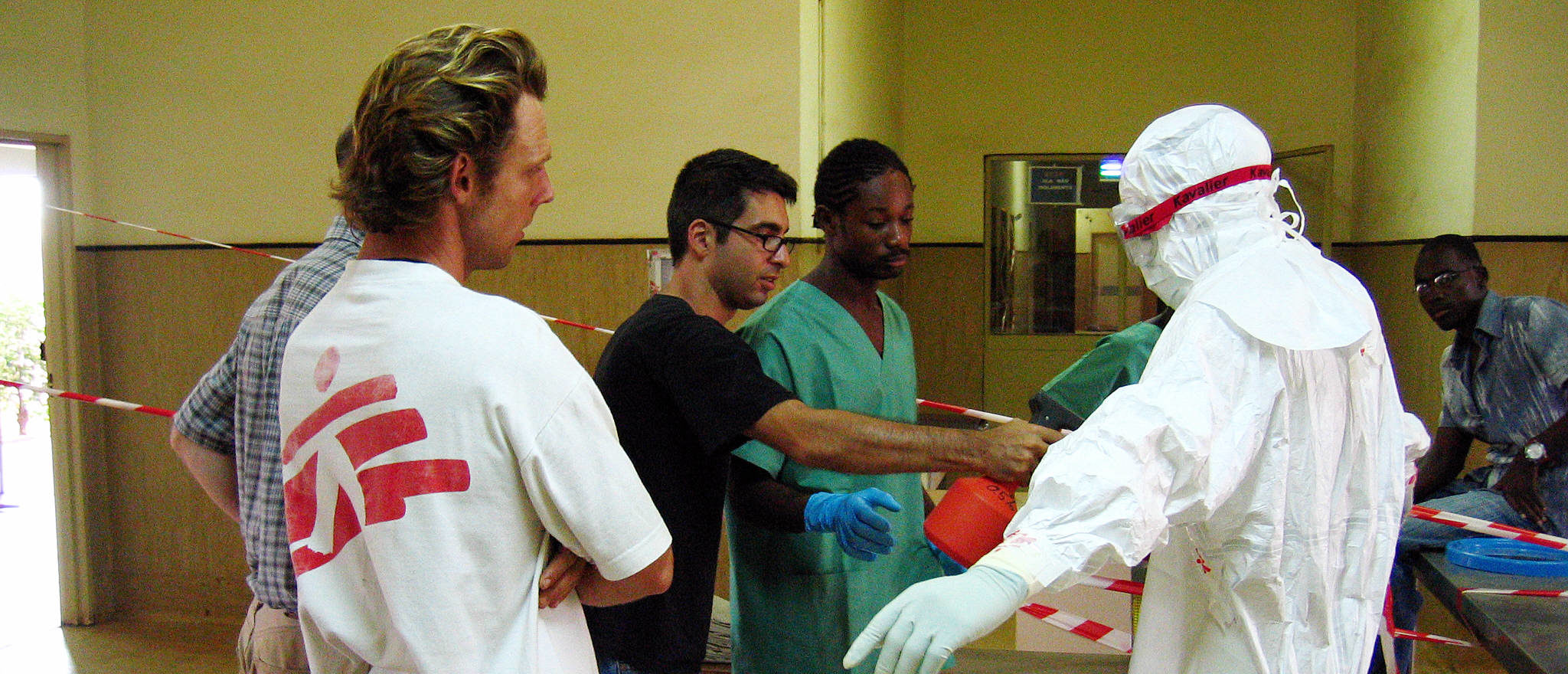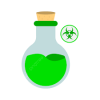Dismantling the virus theory
The “measles virus” as an example
Why should we doubt the existence of viruses? What are viruses and what are they not?
How are viruses being scientifically demonstrated to exist?
Author: Dr. Stefan Lanka
Scientists must question everything and especially what they love the most, i.e. their own discoveries and ideas. This basic rule of scientific research helps avoid erroneous developments and reveals the ones that already exist. Also, we must all be allowed to question the status quo, otherwise we would live in a dictatorship. Moreover, science cannot be limited to a selected number of institutions and experts. Science can and must be conducted by anyone who has the necessary knowledge and the appropriate methods.
Science can be considered science only if its claims are verifiable, reproducible and if they allow predictions. Science also needs external control, because, as we will see, a part of the medical sciences has lost touch with reality for quite some time. Anyone who has knowledge of biology and the genesis of life, of the development and functions of the tissue, of the body and of the brain, will automatically question the assumptions about viruses.
In the reality of the body and of its mechanisms, there is no place for hypothetical malignant processes. All biological processes, including those that can end in suffering, pain and death, are originally meant to be useful.
A different approach to the virus phenomenon is possible and necessary: any layman with some background knowledge reading scientific papers about pathogenic viruses can realize that such viruses do not exist and what is being described are only typical components and characteristics of cells. This background knowledge will be provided in this article.
The origins of the idea
The present notion of a virus is based on the ancient ideas that all diseases were caused by poisons (“toxins”) and that people would regain their health by producing “antitoxins” as an “antidote”. Indeed, a few diseases are caused by poisons. The subsequent idea, that the body can restore its health by producing or being given “antidotes”, was born when it was observed that people survived bigger amounts of poison (such as alcohol) when their body was trained by consuming slowly increasing amounts of that poison. However, in reality there are no antidotes, instead the body produces enzymes, which neutralize and eliminate the poisons (alcohol).
In 1858, Rudof Virchow, the founder of modern medicine, plagiarized the findings of other scientists, suppressed their essential discoveries and thus a false view on the cause of diseases was born and imposed as a dogma, which is in fact still in effect to date. According to this dogma, all diseases supposedly originate inside the cells.1 Virchow’s cellular pathology reintroduced into medicine the ancient and refuted the humoral doctrine and claimed that diseases develop from pathogenic poisons (in Latin: virus).
The search for these pathogenic poisons remains to date fruitless, however, when bacteria were discovered, it was assumed that they were producing the pathogenic poisons. This supposition, called “the germ theory”, was immediately accepted and remains very successful up to the present time. This theory is so successful that the majority of the people are still not aware of the fact that the so-called bacterial toxins are actually normal enzymes, which either cannot appear in a human being, or, if they do, they never appear in such an amount as to make them dangerous.
Then it was discovered that, when they slowly begin to die, bacteria create tiny, apparently lifeless forms of survival, the so-called spores. It was then
suspected that these spores were toxic and that they were the so-called pathogenic poisons. This was then refuted, since the spores are rapidly de-
veloping into bacteria when their vital resources are being restored. When scientists in the laboratory observed that the weak, highly inbred bacteria perished very quickly while turning into much smaller structures than the spores, it was first believed that the bacteria were being killed by the alleged pathogenic poisons, called viruses, and that the viruses were thereby replicating.
Due to the belief that these -at the time of their discovery still invisible- structures were killing the bacteria, they were called phages/bacteriophages,
“eaters of bacteria”. Only later it was determined that merely highly inbred and therefore almost non-viable bacteria can be made to turn into phag-
es, or bacteria which are being destroyed so fast that they do not have time to form spores.
The introduction of the electron microscopy led to the discovery of the structures resulting from the transformation of bacteria when these were suddenly dying or when the metabolism of the highly inbred germs was overwhelmed by processes triggered by the adding of “phages”. It was also discovered that there are hundreds of types of different-looking “phages”. The discovery of phages, the so-called bacterial “viruses”, reinforced the wrong assumption and the belief that there were human and animal viruses that looked the same and had the same structure. This is not and cannot be the case, for several different reasons.
After introducing chemical examination techniques in biology, it was discovered that there are thousands of types of phages and that phages of
one type always have the same structure. They consist of a particular molecule, made of nucleic acid, which is covered in a shell of proteins of a given number and composition. It was only later discovered that merely the bacteria which had been highly inbred in the test tube could turn into phages themselves, by contact with phages, but this never applied to natural bacteria or bacteria which had just been isolated from their natural environment. In this process, it was discovered that these “bacterial viruses” actually serve to provide other bacteria with important molecules and proteins, and that the bacteria themselves emerged from such structures.
Before it could be established that the “bacterial viruses” cannot kill natural bacteria, but they are instead helping them to live and that bacteria
themselves emerge from such structures, these “phages” were already used as models for the alleged human and animal viruses. It was assumed
that the human and animal viruses looked like the “phages”, were allegedly killing cells and thereby causing diseases, while at the same time producing new disease poisons and in this way transmitting the diseases. To date, many new or apparently new diseases have been attributed to viruses if their origin is unknown or not acknowledged. This reflex found an apparent confirmation in the discovery of the “bacterial viruses”.
It is important to note that the theories of fight and infection were accepted and highly praised by a majority of the specialists only if and when the
countries or regions where they lived were also suffering from war and adversity. In times of peace, other concepts dominated the world of science.2 It is very important to note that the theory of infection – starting from Germany – has only been globalized through the third Reich, when the Jewish researchers, most of which had opposed and refuted the politically exploited theories of infection, were removed from their positions.3

 dailycaller.com
dailycaller.com









